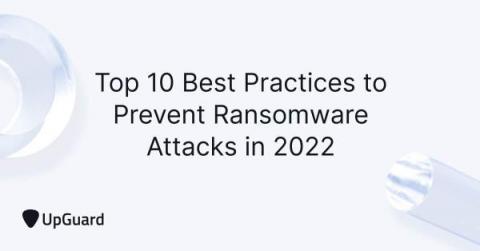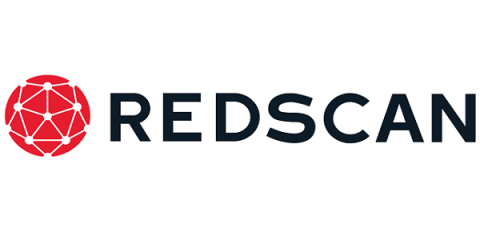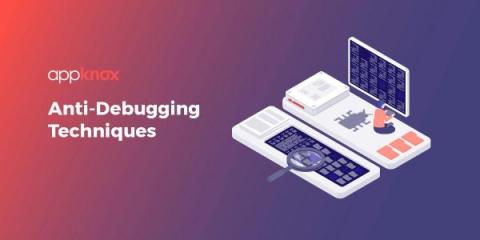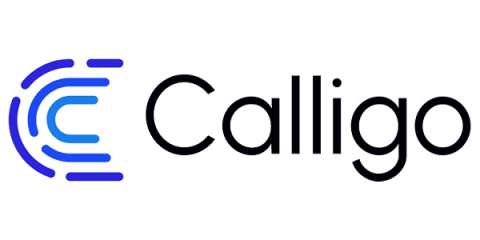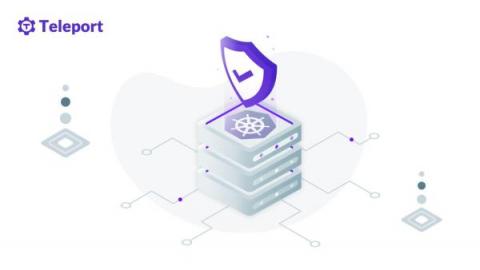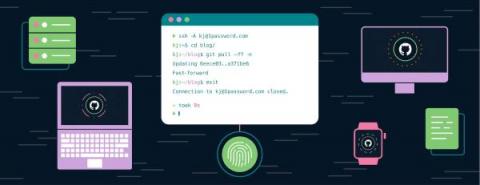Top 7 SaaS Security Risks and How to Fix Them
Modern organizations are increasing cloud adoption to reap the operational benefits of outsourcing critical business functions. A 2021 study found that 90% of surveyed organizations now use cloud computing, such as software-as-a-service (SaaS) services. SaaS solutions help organizations achieve vital objectives, such as cost reductions and faster time-to-market. However, like all other digital transformation products, they also introduce cybersecurity risks.



